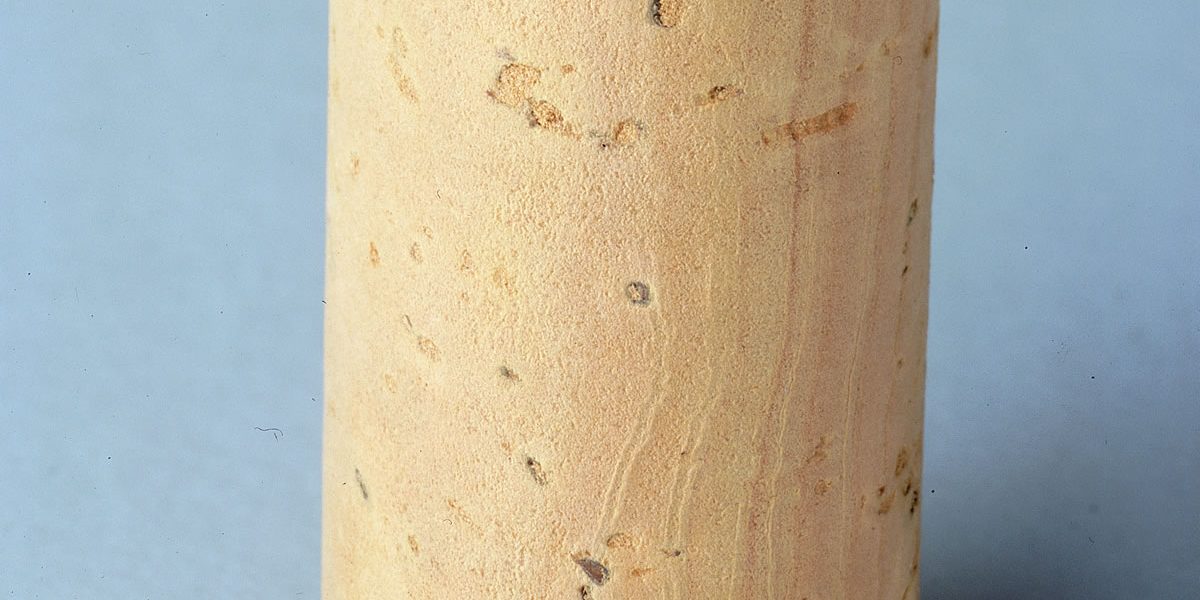The best quality corks are natural corks, which are simply punched out of the bark of the cork oak tree and then cleaned up and treated. Just about everything else that is made from cork is made from the left-overs from this process. When natural corks are made, they go through a sophisticated selection procedure, first by laser scanners which check the consistency of the surface of the cork and then manually, as cork selectors pick out one-by-one the different grades of natural corks.
Some natural corks, which would otherwise be of a good quality have an even surface, caused by natural pores and crevices in the cork bark, and as a result would not be a sufficiently reliable seal for a bottle; these inconsistencies in the surface structure can be filled with cork dust to make corks that are more uniform and these are known as colmated corks.
To make colmated corks, the natural corks with an uneven surface are placed in a drum together with a food grade adhesive which coats the corks. Then cork dust is added, which sticks to the surface of the corks and makes their surface more even, which means that they will ensure a perfect seal.
Colmated corks have the advantage that they are very uniform in appearance and give guaranteed great bottling performance as they preserve the mechanical characteristics of natural cork stoppers, but at a lower price point. As with natural corks, they are graded to three quality categories, but they are not recommended for wines that are going to be stored for several years. If you would like to know which would be the best kind of cork (colmated or otherwise) for the wine you are bottling, please get in touch and we will be happy to give our best recommendation.








